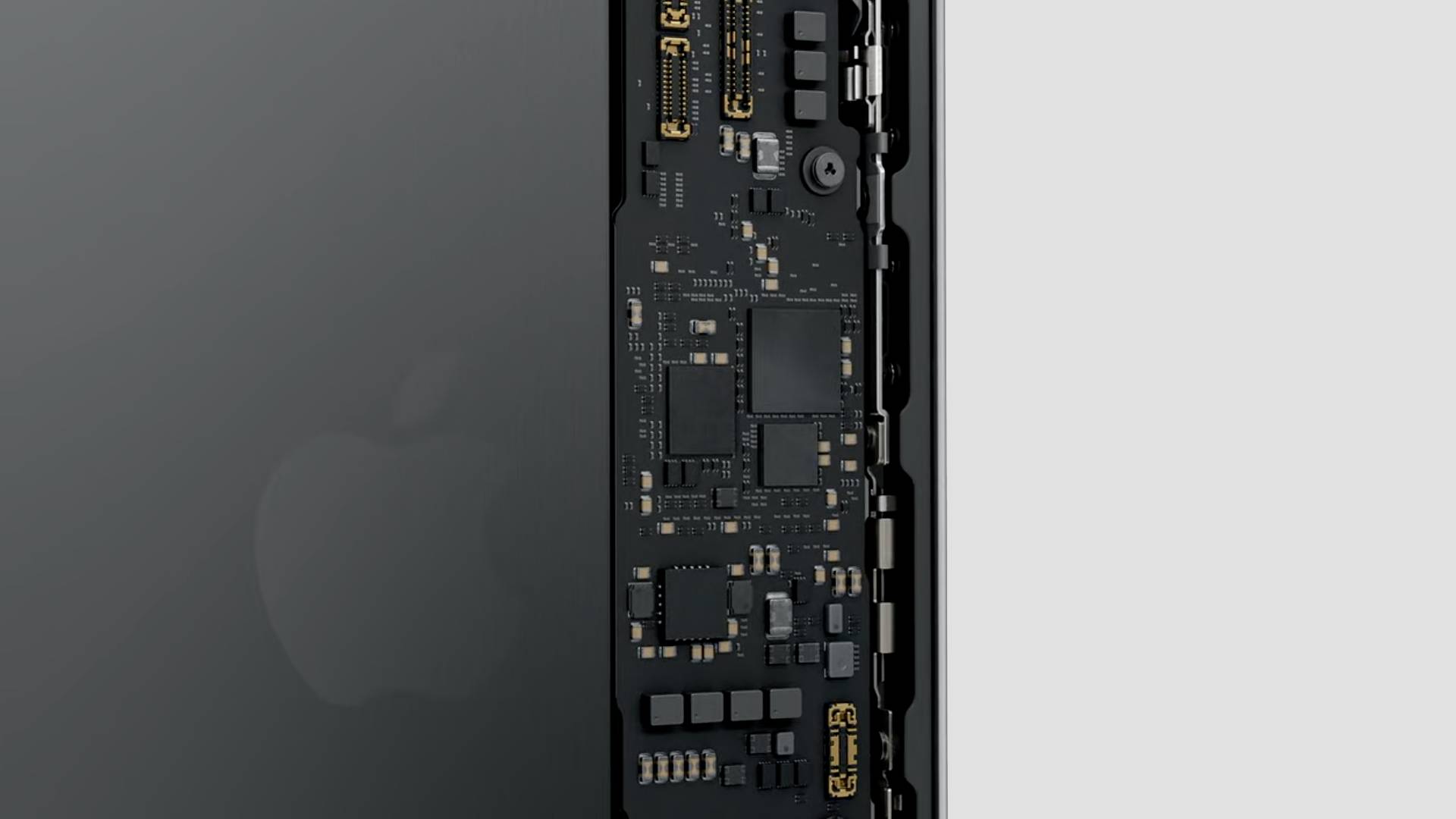2025-12-23 08:12:15
OpenAI added a year-end summary feature to ChatGPT, allowing users to get a personalized overview of their 2025 ChatGPT usage. The summary is similar to year-end wrap-ups from companies like Spotify, Apple Music, YouTube, and other services.

ChatGPT offers up an overview of themes discussed and chat stats, such as busiest chatting day, number of overall chats, messages sent, and more. ChatGPT provides each user with a chat style based on writing or speaking habits, along with an "archetype" based on what ChatGPT is used for.
The year-end update also provides a poem, a personalized pixel painting, a 2025 "award," and predictions for 2026.
ChatGPT users can get their year-end summary by asking ChatGPT to "Show me my year with ChatGPT" in the ChatGPT app or on the web. Summaries are available for Free, Pro, and Plus users who have chat history and memory enabled for ChatGPT.
Countries where the feature is available include the United States, UK, Canada, New Zealand, and Australia.
2025-12-23 07:20:17
The European Commission today praised the interoperability changes that Apple is introducing in iOS 26.3, once again crediting the Digital Markets Act (DMA) with bringing "new opportunities" to European users and developers.

The Digital Markets Act requires Apple to provide third-party accessories with the same capabilities and access to device features that Apple's own products get. In iOS 26.3, EU wearable device makers can now test proximity pairing and improved notifications.
Here are the new capabilities that Apple is adding:
2025-12-23 06:59:19
Apple has started offering free two-hour delivery on eligible, in-stock products for those who still need to do some last-minute gift shopping. The two-hour delivery upgrade is available through December 24 in most metro areas of the U.S. and Canada. Three-hour delivery is also available in Australia.

Two-hour delivery is provided through courier companies that Apple partners with, like Uber Eats or Postmates, and it typically costs $9. Items are delivered from a local Apple retail store, so whatever you're ordering needs to be in stock at a nearby location.
The offer is available for in-stock purchases of iPhone, iPad, Mac, Apple Watch, AirPods, Apple TV, and Beats headphones. It is not available for custom Macs or engraved orders, nor is it applicable to accessories. Some accessories and products are also still available for December 24th delivery with express shipping.
Apple is still providing an extended return policy, so items purchased now can be returned through January 6, 2026.
This article, "Apple Offers Free Two-Hour Delivery for Last-Minute Holiday Shopping" first appeared on MacRumors.com
Discuss this article in our forums
2025-12-23 03:30:42
Apple hasn't updated the Apple TV 4K since 2022, and 2025 was supposed to be the year that we got a refresh. There were rumors suggesting Apple would release the new Apple TV before the end of 2025, but it looks like that's not going to happen now.
2025-12-22 23:47:00
Italy's Competition Authority (AGCM) has imposed a €98.6 million ($116 million) fine on Apple over its App Tracking Transparency feature.
![]()
Since the release of iOS 14.5 in April 2021, Apple has required apps to ask for permission before tracking a user's activity across other apps and websites for personalized advertising, as part of a feature named App Tracking Transparency. If a user selects the "Ask App Not to Track" option, the app is unable to access the device's advertising identifier.
In a press release and executive summary today, the AGCM said the App Tracking Transparency rules are "disproportionate," and "harmful" to app developers and advertisers. Ultimately, it found that Apple abused its dominant position in the EU market.
The regulator does not take issue with Apple implementing policies that are designed to strengthen privacy and security for users, but it said the App Tracking Transparency feature is "excessively burdensome for developers."
Specifically, iPhone and iPad users in the EU are presented with both App Tracking Transparency and GDPR-related permission prompts in apps, and the AGCM found this "double consent" requirement to be harmful to app developers and advertisers.
"Apple could have achieved the same level of privacy protection for its users through means less restrictive of competition," the AGCM said. "This would have prevented the unilateral imposition of additional burdens on third-party developers, thereby avoiding the above-mentioned double consent requests for advertising purposes."
The regulator also found that the App Tracking Transparency rules appear capable of generating financial benefits for Apple, even though the feature applies to its own apps as well. The only reason that Apple apps do not show an App Tracking Transparency prompt is because Apple does not track user activity across other apps and websites.
In a statement shared with several media outlets, Apple said it will appeal the decision, and it touted the privacy benefits of App Tracking Transparency.
Earlier this year, Apple warned that it may be forced to stop offering App Tracking Transparency in the EU due to regulatory pressures in countries such as Italy, France, Germany, and Poland, and from the overarching European Commission.
2025-12-22 22:17:42
Apple is significantly increasing its reliance on Samsung for iPhone memory as component prices surge, according to The Korea Economic Daily.

Apple is said to be expanding the share of iPhone memory it sources from Samsung due to rapidly rising memory prices. The shift is expected to result in Samsung supplying roughly 60% to 70% of the low-power DRAM used in the iPhone 17, compared with a more even split with SK Hynix in previous generations, with Micron also participating as a smaller supplier.
The change is occurring against a backdrop of tightening supply in the global memory market. The iPhone relies on low-power double data rate memory (LPDDR), which is optimized for energy efficiency and thermal performance in mobile devices. While Samsung, SK Hynix, and Micron all manufacture LPDDR at scale, industry sources report that SK Hynix and Micron have increasingly redirected production capacity toward high-bandwidth memory (HBM), which is in high demand for artificial intelligence accelerators and data center hardware. As a result, their available capacity for mobile-focused LPDDR has become heavily constrained.
By contrast, Samsung has apparently maintained substantial production of general-purpose and mobile DRAM, allowing it to meet Apple's requirement for extremely large and predictable volumes. Samsung is said to be the only company that can meet Apple's conditions in a situation where SK Hynix seems to be focused on HBM.
According to the report, Apple's hardware is particularly sensitive to momentary voltage spikes, which are not well accommodated by its latest chips, including the A19 and A19 Pro. This places additional pressure on memory suppliers to deliver components that perform identically across very large production runs.
The price of a 12GB LPDDR5X module, the likes of which are used in the iPhone Air and iPhone 17 Pro, has risen sharply from around $30 at the beginning of 2025 to roughly $70 today. Apple's scale and long-standing practice of negotiating multi-year supply agreements typically provide some insulation from short-term price volatility, but the magnitude of the increase has made supplier reliability and volume commitments more important. Concentrating a much larger share of orders with Samsung should allow Apple to secure more predictable deliveries and potentially benefit from economies of scale, even as overall component costs rise.